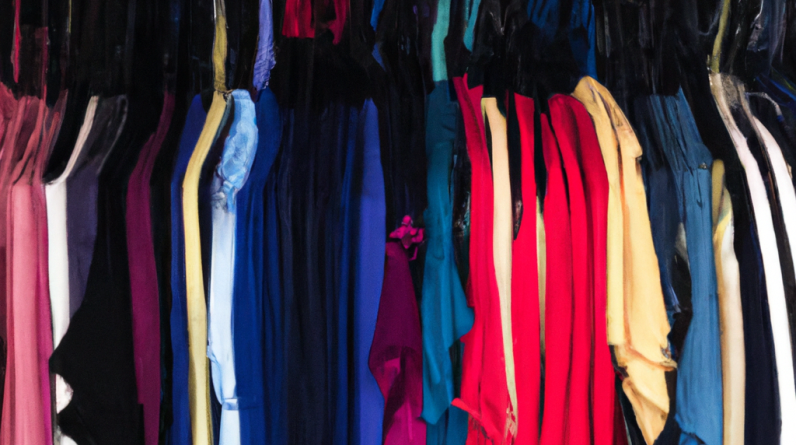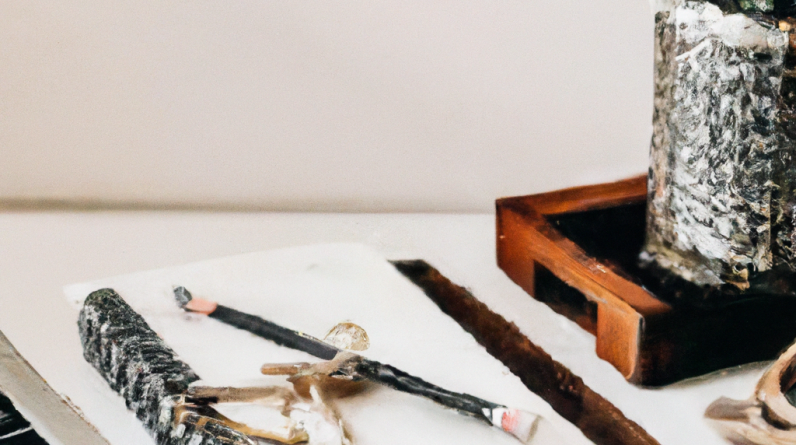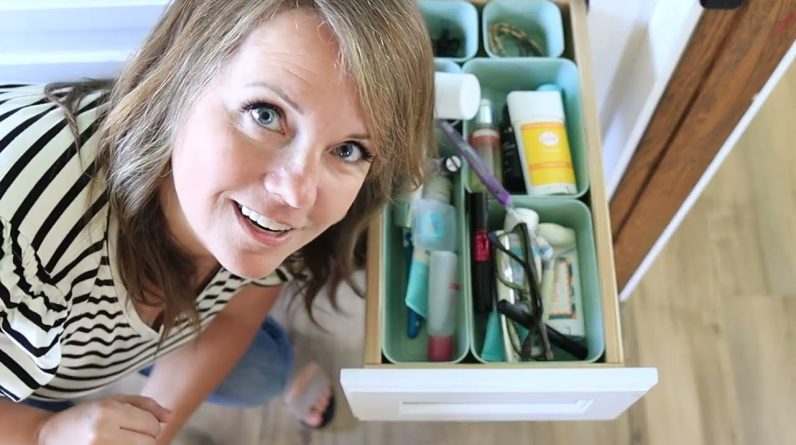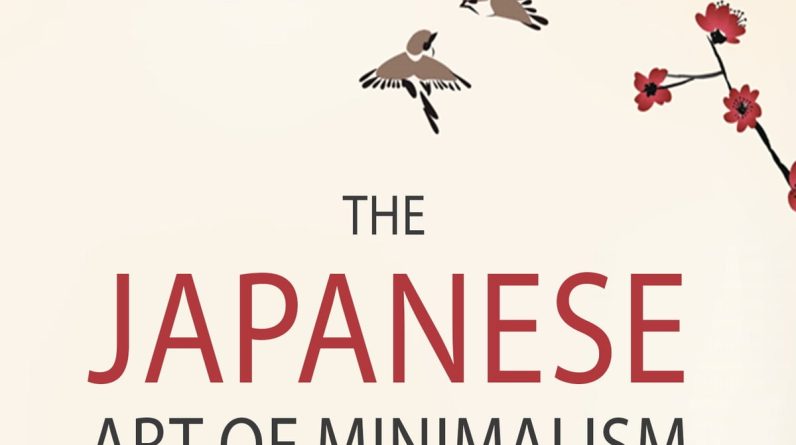
Are you tired of feeling overwhelmed by the clutter in your life? Do you long for a sense of peace and simplicity? Look no further than the Art of Minimalism. In this article, you will discover the transformative power of decluttering and how it can bring harmony to your daily life. Say goodbye to the chaos and unlock the secrets of true minimalism. It’s time to embark on a journey of lightness and freedom.
Table of Contents
1. What is Minimalism?
1.1 Definition of Minimalism
Minimalism is a lifestyle philosophy that focuses on living with intention and purpose, by reducing material possessions and streamlining one’s daily routines. It is about simplifying your life and removing excess clutter, both physical and mental, to create more space and freedom. Minimalism encourages individuals to prioritize what truly matters to them and let go of the things that no longer serve a purpose.
1.2 Principles of Minimalism
There are several key principles that form the foundation of minimalism. These principles guide individuals towards a more minimalist lifestyle:
- Intentionality: Being deliberate and conscious in your choices and actions, ensuring that they align with your values and goals.
- Simplicity: Striving for simplicity in all aspects of life, from belongings to daily routines.
- Essentialism: Focusing on what is truly necessary and valuable, and eliminating anything that is extraneous or excessive.
- Mindfulness: Cultivating present-moment awareness and being fully present in all aspects of your life.
- Quality over quantity: Prioritizing quality over quantity, and investing in items or experiences that bring lasting joy and value.
- Sustainability: Considering the environmental impact of our choices and aiming to reduce waste and consumption.
2. Benefits of Minimalism
2.1 Reduced Stress and Anxiety
One of the key benefits of adopting a minimalist lifestyle is a reduction in stress and anxiety. Minimalism allows you to declutter your physical space and eliminate the overwhelm that comes with excessive possessions. When your surroundings are organized and simplified, it becomes easier to find what you need and maintain a sense of calm. Knowing that you have only what you truly need creates a sense of freedom, and reduces the mental load that comes with managing and organizing excess belongings.
2.2 Increased Focus and Productivity
By minimizing distractions and decluttering your physical and digital spaces, minimalism enables you to focus more effectively on your tasks and goals. Eliminating excess possessions and commitments allows you to dedicate more time and energy to the things that truly matter to you. With a clearer space and a clearer mind, you can be more productive and efficient in your work and personal life.
2.3 Improved Mental and Physical Health
Embracing minimalism can have a positive impact on both your mental and physical health. Decluttering your physical space promotes a sense of calm and reduces visual and mental noise, which can lead to decreased stress levels. Additionally, the act of letting go of unnecessary items can be emotionally freeing, relieving the burden of attachment and allowing for personal growth. Minimalism also encourages a more intentional approach to self-care, focusing on quality products and experiences that truly enhance your well-being.
2.4 Financial Savings
Another advantage of adopting a minimalist lifestyle is the potential for financial savings. By being more intentional with your purchases and focusing on quality over quantity, you can avoid impulse buys and unnecessary spending. Additionally, decluttering your belongings allows you to sell or donate items that no longer serve you, potentially earning extra income or receiving tax deductions. With a reduced desire for material possessions, you may find that you have more disposable income to invest in experiences or savings for the future.
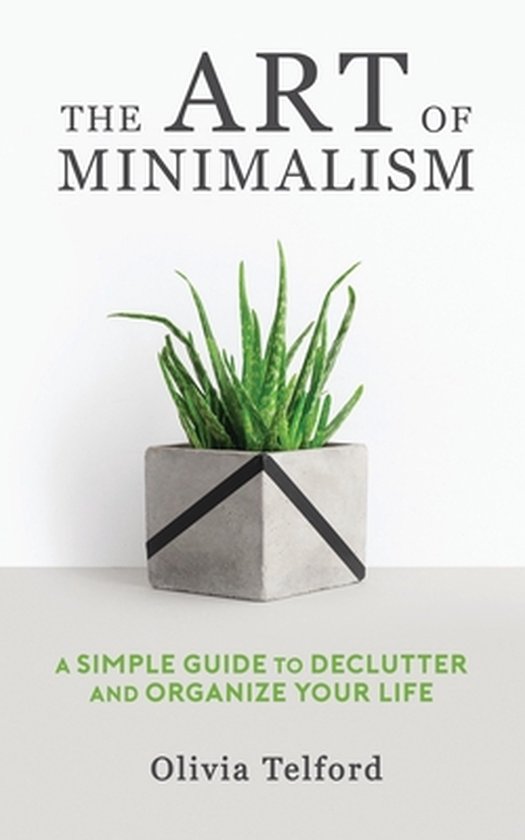
This image is property of media.s-bol.com.
3. Decluttering Your Physical Space
3.1 Assessing Your Belongings
The first step in decluttering your physical space is to assess your belongings. Take the time to evaluate each item and determine its value and usefulness in your life. Ask yourself if you truly need and love each item, or if it is simply taking up space. Be honest with yourself and let go of any items that no longer serve a purpose or bring you joy.
3.2 Sorting and Categorizing
Once you have assessed your belongings, it is time to sort and categorize them. Create designated spaces for different categories such as clothing, books, kitchen items, and sentimental items. Sort items into piles of keep, donate/sell, and discard. This process helps you visualize the extent of your belongings and makes it easier to make decisions on what to keep and what to let go of.
3.3 Letting Go of Unnecessary Items
Letting go of unnecessary items can be challenging, especially if you have emotional attachments or sentimental value tied to them. However, it is important to remember that possessions do not define your identity or happiness. If an item no longer serves a purpose in your life or brings you joy, it is time to let go of it. Consider donating or selling items that are in good condition, and discard any items that are damaged or no longer usable.
3.4 Organizing and Storing Essential Items
Once you have decluttered and let go of unnecessary items, it is essential to organize and store your remaining belongings in a thoughtful and intentional manner. Utilize storage solutions such as bins, shelves, and drawers to keep items organized and easily accessible. Ensure that everything has a designated place to avoid accumulating clutter in the future. Adopting a minimalist approach to organizing will make it easier to maintain a clutter-free environment.
4. Streamlining Your Digital Life
4.1 Managing Email and Online Accounts
An important aspect of minimalism is reducing digital clutter and streamlining your online presence. Start by decluttering your email inbox, unsubscribing from unnecessary newsletters, and creating folders to categorize important emails. Review your online accounts and delete any that are no longer relevant. By simplifying your digital life, you can reduce distractions and improve productivity.
4.2 Organizing Digital Files
In addition to managing email, organizing your digital files is crucial for a minimalist approach to technology. Create a logical folder structure on your computer or cloud storage, and regularly delete files that are no longer needed. Keep your desktop clutter-free by moving files into the appropriate folders. By having a clear and organized digital workspace, you can find documents more easily and avoid digital overwhelm.
4.3 Simplifying Social Media
Social media can be a significant source of clutter and distraction in our lives. Audit your social media accounts and unfollow accounts that no longer bring you value or joy. Consider limiting the amount of time you spend on social media, and be mindful of who you choose to engage with online. By simplifying your social media experience, you can create a more positive and intentional online presence.
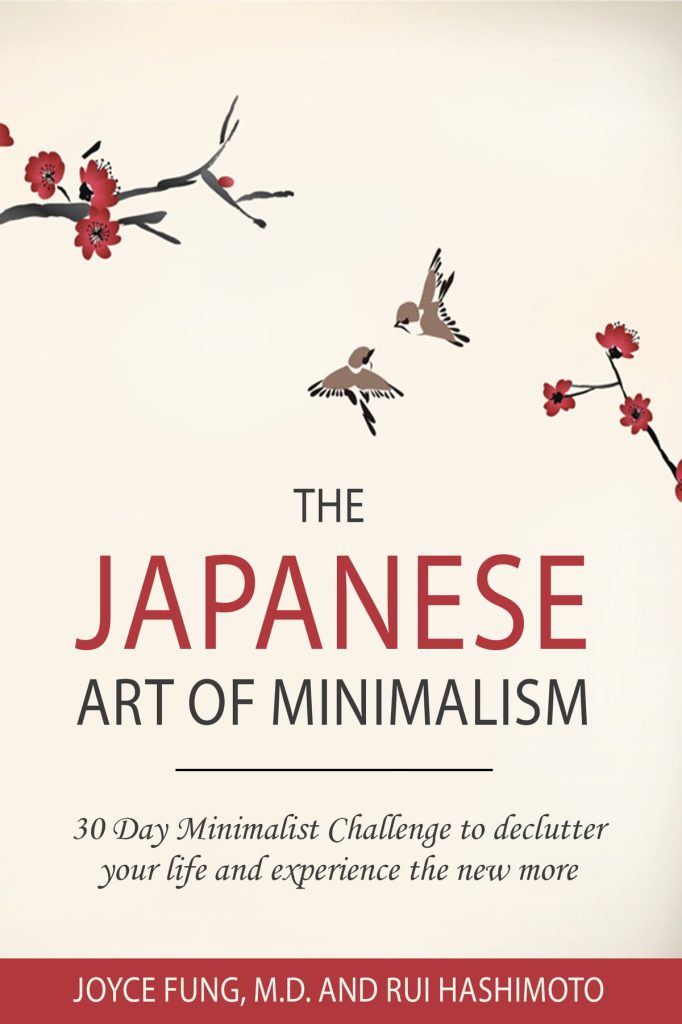
This image is property of cdn.kobo.com.
5. Simplifying Daily Routines
5.1 Creating a Minimalist Wardrobe
A minimalist wardrobe consists of a curated collection of clothing items that you truly love and wear regularly. To simplify your wardrobe, evaluate each item and consider if it fits well, brings you joy, and aligns with your personal style. Donate or sell any items that no longer serve you, and focus on quality pieces that can be mixed and matched easily. By creating a minimalist wardrobe, you can simplify your morning routine and reduce decision fatigue.
5.2 Meal Planning and Decluttering the Kitchen
Meal planning is a useful tool for simplifying daily routines and decluttering the kitchen. Plan your meals ahead of time, create a shopping list, and prepare meals in bulk if possible. This approach reduces the need for excessive grocery shopping and helps avoid food waste. Declutter your kitchen by organizing cabinets and drawers, and only keep necessary cooking tools and utensils. A clutter-free kitchen creates a more efficient and enjoyable cooking experience.
5.3 Implementing a Minimalist Skincare and Beauty Routine
Our skincare and beauty routines can easily become cluttered with excessive products. Embrace a minimalist approach by simplifying your collection to essential items that meet your skincare needs. Focus on quality products that are multipurpose and free from unnecessary additives. Similarly, curate a minimal makeup collection with products that you truly use and enjoy. Streamlining your skincare and beauty routine eliminates the overwhelm of choice and reduces waste.
6. Cultivating Minimalism in Relationships
6.1 Assessing Relationships
Applying minimalism to relationships involves evaluating the people in your life and assessing their impact on your well-being. Reflect on the relationships that bring you joy, support, and growth, and consider distancing yourself from toxic or draining connections. Surrounding yourself with positive and fulfilling relationships creates a minimalist approach to your social circle.
6.2 Setting Boundaries and Priorities
Minimalism in relationships also requires setting clear boundaries and priorities. Communicate your needs and expectations to others, and be assertive in protecting your time and energy. Focus on cultivating deeper connections with a select few rather than spreading yourself too thin. Prioritize quality interactions over quantity, and invest in relationships that align with your values.
6.3 Expressing Gratitude and Appreciation
Practicing gratitude and appreciation is an essential part of cultivating minimalism in relationships. Take the time to express your gratitude for the people who bring positivity and joy to your life. Show appreciation for their support, love, and the moments you share. By fostering a mindset of gratitude, you can strengthen your connections and cultivate a minimalist approach to relationships.
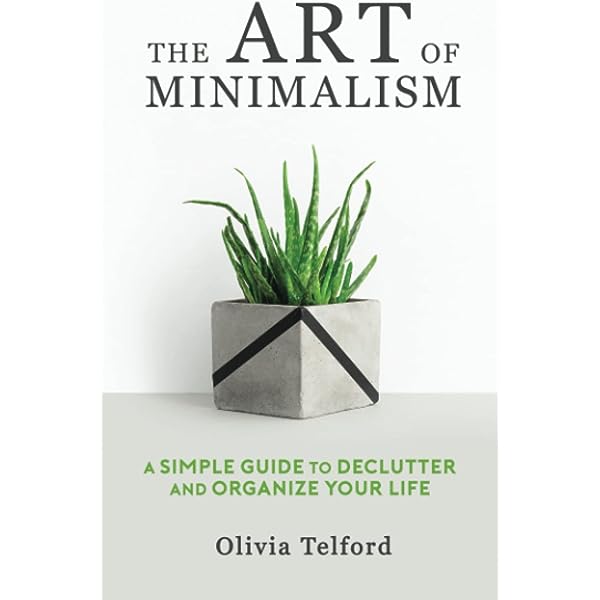
This image is property of Amazon.com.
7. Mindfulness and Minimalism
7.1 Practicing Mindfulness in Daily Life
Mindfulness is a powerful tool in adopting a minimalist mindset. Embrace a mindful approach by bringing your full attention to each moment and being present in your daily activities. Practice mindfulness during everyday tasks such as eating, walking, and interacting with others. By being fully engaged in the present moment, you can cultivate a sense of peace and contentment.
7.2 Mindful Consumption
Minimalism encourages mindful consumption, which involves being intentional and conscious in your purchasing decisions. Before making a purchase, pause and ask yourself if the item is truly necessary and aligns with your values. Consider the impact of the purchase on the environment and your overall well-being. By mindfully consuming, you can reduce waste, avoid impulse buys, and focus on meaningful experiences rather than material possessions.
7.3 Mindful Decision-Making
Incorporating mindfulness into decision-making is key to living a minimalist lifestyle. When faced with choices, take the time to reflect on your values and priorities. Consider the long-term consequences of your decisions and choose the option that aligns with your minimalist goals. Mindful decision-making allows you to live with intention and make choices that support your overall well-being and happiness.
8. Overcoming Challenges and Pitfalls
8.1 Emotional Attachment to Possessions
One common challenge in embracing minimalism is the emotional attachment to possessions. Many items may hold sentimental value or memories, making it difficult to let go. To overcome this challenge, try taking photos of sentimental items as a way to preserve the memories without needing to keep the physical item. Recognize that memories are within you, not within objects, and focus on the benefits of a clutter-free environment.
8.2 Dealing with Resistance from Others
When adopting a minimalist lifestyle, you may encounter resistance or skepticism from friends, family, or coworkers. It’s important to remember that your choices are personal and valid. Communicate your reasons for embracing minimalism with others and share the positive impacts it has had on your life. Lead by example and let them see the benefits for themselves. Surround yourself with supportive and like-minded individuals who understand and respect your choices.
8.3 Maintaining Minimalism in the Long Run
Maintaining a minimalist lifestyle in the long run requires consistency and commitment. Regularly reassess your belongings, routines, and relationships to ensure they continue to align with your minimalist goals. Embrace a mindset of continuous improvement and adapt your approach as needed. Surround yourself with reminders of your minimalist values to stay motivated and inspired along the journey.

This image is property of Amazon.com.
9. Minimalism and Environmental Sustainability
9.1 Making Sustainable Purchases
Minimalism and environmental sustainability go hand in hand. By adopting a minimalist mindset, you naturally reduce your consumption, which in turn reduces your environmental footprint. Embrace sustainable purchasing habits by opting for high-quality, durable products that are ethically and sustainably produced. Consider second-hand or thrift shopping as an alternative to buying new. By making conscious choices, you can support a more sustainable future.
9.2 Reducing Waste and Consumption
Minimalism emphasizes reducing waste and consumption. Incorporate eco-friendly habits into your daily life, such as reducing single-use plastics, recycling, and composting. Minimize food waste by buying only what you need and utilizing leftovers creatively. Simplify your beauty and personal care routines by opting for natural and sustainable products. By reducing waste and consumption, you contribute to a healthier planet.
9.3 Promoting Reusability and Recycling
Incorporate reusability and recycling into your minimalist lifestyle. Opt for reusable items such as water bottles, shopping bags, and cloth napkins instead of disposables. Consider donating or selling items that are in good condition to extend their lifespan. Recycle items that cannot be reused, and explore local recycling programs and facilities. By promoting reusability and recycling, you actively contribute to a circular economy and reduce waste.
10. Applying Minimalism to Work and Productivity
10.1 Streamlining Workspaces
Minimalism can greatly enhance productivity and efficiency in the workplace. Streamline your workspace by decluttering and organizing your desk or office. Keep only essential items within reach and remove distractions. Create a clean and visually pleasing environment that promotes focus and creativity. By prioritizing simplicity and functionality in your workspace, you can optimize your productivity.
10.2 Prioritizing Tasks and Projects
Minimalism can help you prioritize tasks and projects, enabling you to focus on what truly matters. Evaluate your workload regularly and identify the tasks that align with your goals and bring the most value. Let go of tasks that are not essential or do not serve your overall objectives. By focusing your time and energy on what matters most, you can achieve greater productivity and fulfillment.
10.3 Embracing Minimalist Work Tools
Consider embracing minimalist work tools to enhance your productivity and organization. Opt for digital tools that help simplify and automate tasks, such as project management software or note-taking apps. Reduce paper clutter by digitizing documents and utilizing cloud storage. Streamline your communication channels by using a centralized messaging platform. By adopting minimalist work tools, you can declutter your digital workspace and improve your workflow.
In conclusion, minimalism offers a multitude of benefits ranging from reduced stress and increased focus to improved relationships and environmental sustainability. By applying the principles and practices of minimalism to various aspects of your life – from decluttering your physical and digital spaces to simplifying daily routines and cultivating mindfulness – you can create a more intentional and fulfilling life. Embrace the art of minimalism and declutter your life for the better.

This image is property of media.newyorker.com.




